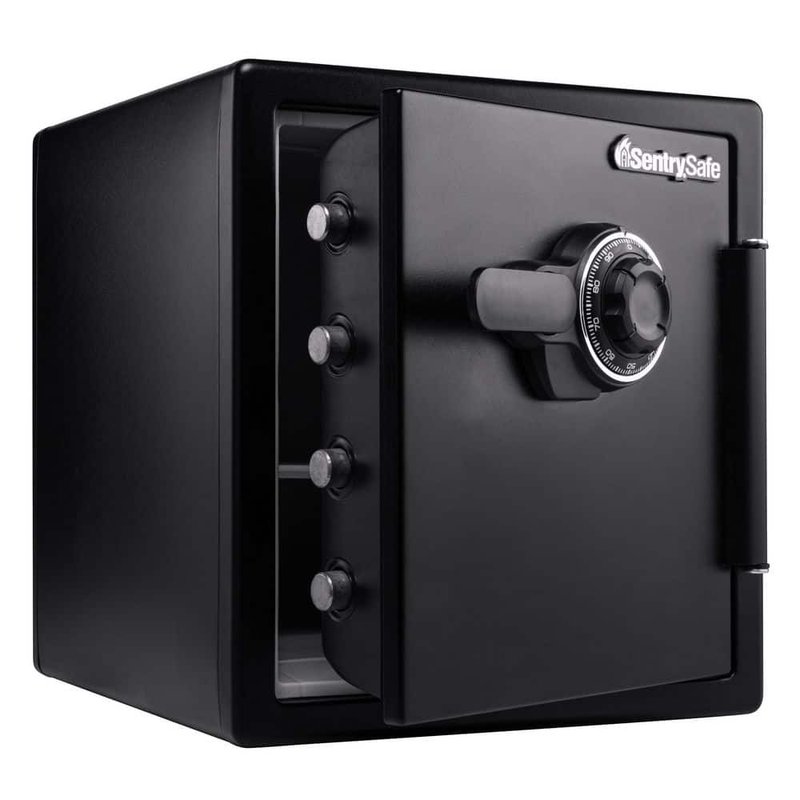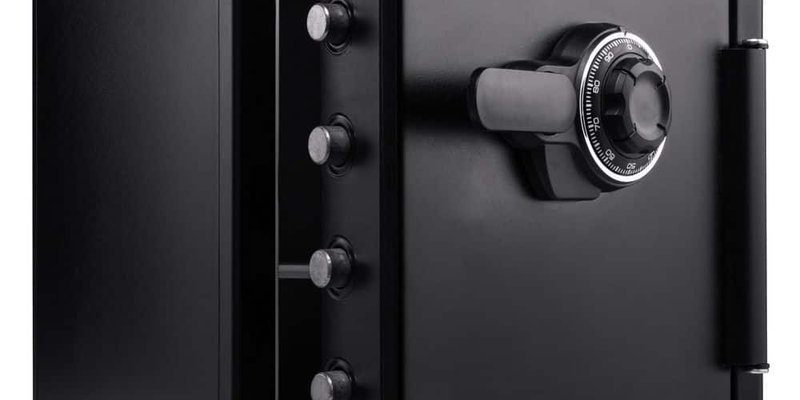
But don’t fret just yet! The E3 error code in your Frigidaire refrigerator is actually a common issue, and it typically indicates a problem with the defrost sensor. While it sounds serious, understanding what this code means and knowing what steps to take can help ease your concerns. Is your refrigerator still safe to use? Let’s dive in and find out.
Understanding the E3 Error Code
First things first, let’s break down what that elusive E3 error code really means. In the world of Frigidaire refrigerators, this code is your fridge’s way of telling you there’s an issue with the defrost system, specifically the defrost sensor or thermostat. It’s like your refrigerator’s version of a “check engine” light in a car. While it doesn’t mean immediate danger, it’s signaling that something isn’t working as efficiently as it should.
The defrost system’s job is to prevent frost buildup inside the freezer compartment, ensuring that your fridge operates optimally and keeps your food at the right temperature. When this system is on the fritz, it can lead to excessive frost, which may impact the refrigerator’s cooling ability. Imagine trying to drive through a snowstorm without a heater to clear your windshield — that’s essentially what your fridge is dealing with if the defrost system isn’t up to par.
But why does this happen? Often, the E3 code pops up due to a faulty sensor or a wiring issue. It’s like having a faulty thermostat in your home — the system struggles to regulate temperature, leading to inefficiencies. With this understanding, you can see why addressing the issue is important to ensure your refrigerator runs smoothly.
Is It Safe to Keep Using the Fridge?
You might be wondering, “Can I still use my refrigerator with this error code flashing?” The short answer is yes, but with a few caveats. Your refrigerator is probably still keeping your food cold for now, but the longer the defrost system isn’t functioning, the more likely frost will build up, which could strain the appliance.
Think of it like running your car with the oil light on. You probably won’t break down immediately, but it’s not something you’d want to ignore for too long. Over time, if too much frost accumulates, it can lead to other problems, like reduced airflow, making the fridge work harder and increasing your energy bills.
The key here is to monitor your fridge’s temperature closely. If you notice your food isn’t as cold as it should be or there’s significant frost buildup, it’s time to address the issue. Leaving the E3 code unresolved can potentially shorten the lifespan of your fridge, similar to neglecting maintenance on your trusty vehicle.
What Steps Should You Take?
Alright, so you’ve got an E3 error code. What’s next? The first step is to check the manual that came with your refrigerator for any specific instructions regarding error codes. If you can’t find it, no worries — most Frigidaire manuals are available online.
Next, consider performing a manual defrost. Unplug the refrigerator, let it sit for a few hours to see if that clears up the frost, and then plug it back in. This can sometimes reset the sensor errors and give you some breathing room, much like rebooting a computer that’s acting up.
If the error persists after the manual defrost, it’s best to contact a professional technician. Diagnosing issues with the defrost sensor often requires specialized tools and knowledge. It’s similar to having a mechanic look at your car’s engine — you could try to fix it yourself, but you might risk causing more damage without the right expertise.
Preventative Tips to Avoid Future Errors
To keep your fridge running smoothly and avoid seeing that E3 code pop up again, consider some preventative maintenance tips. Regularly clean the coils behind or underneath your refrigerator, as dust buildup can cause the appliance to overheat and contribute to sensor malfunctions.
Additionally, be mindful of how you stock your refrigerator. Overloading it can block air vents, leading to uneven cooling and potential sensor issues. Think of your fridge as your closet — if it’s too packed, things get wrinkled and difficult to access.
Routine checks of your refrigerator’s door seals can also prevent unnecessary issues. If the seals aren’t tight, warm air can invade, making your fridge work overtime — much like trying to cool your house with the door open.
In conclusion, while the E3 error code can be concerning, understanding its implications and taking prompt action can help ensure your Frigidaire refrigerator continues to serve your household needs efficiently. Keep an eye on your appliance, address issues as they arise, and you’ll be popping open a fridge full of fresh, cool goodies without worry in no time.
